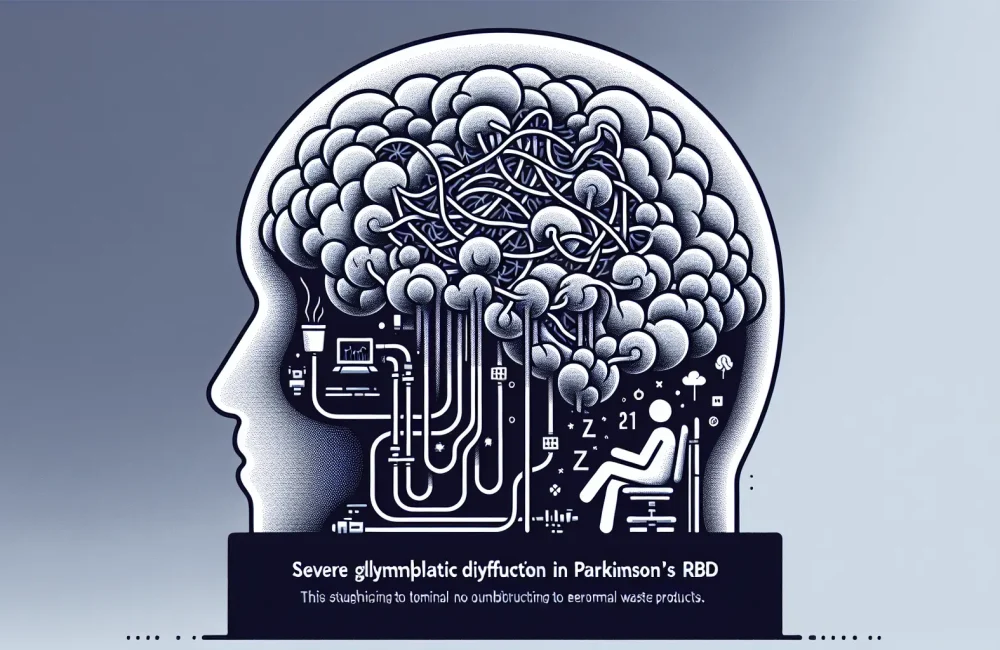By CAFMI AI From JAMA
Neuroprotective Effects of GLP-1 Receptor Agonists
Recent advancements in diabetes treatment reveal promising neuroprotective benefits of GLP-1 receptor agonists beyond their established metabolic effects. These drugs, primarily prescribed for type 2 diabetes management, have shown in observational studies and randomized trials a potential to slow cognitive decline and reduce the incidence of stroke among patients. GLP-1 receptor agonists exert multiple mechanisms of action that may contribute to these outcomes, including modulation of neuroinflammation, enhancement of neuronal survival pathways, and improvement in vascular health. These biological effects suggest that GLP-1 drugs may protect against neurodegeneration and cerebrovascular injury, conditions commonly complicating diabetes, thus opening new avenues in therapeutic strategies for at-risk populations.
Clinical Implications and Patient Selection Considerations
For clinicians managing patients with type 2 diabetes, the accumulating evidence supporting GLP-1 receptor agonists as agents with dual benefits—improving glycemic control while potentially reducing neurovascular risks—presents an important consideration in treatment planning. Patients with diabetes are at increased risk for cognitive impairment and stroke due to shared risk factors such as chronic hyperglycemia, vascular dysfunction, and inflammation. Incorporating GLP-1 drugs could align metabolic management with neuroprotection, making them particularly attractive for patients with established or high risk for dementia and cerebrovascular disease. However, definitive guidance awaits results from ongoing randomized controlled trials to establish causality, clarify optimal patient subgroups, and discern long-term safety profiles. Until then, clinicians should evaluate individual patient risk factors, comorbidities, and treatment goals when deciding on inclusion of GLP-1 receptor agonists in their therapeutic regimen.
Future Directions and Research Needs
While current evidence indicates promising benefits of GLP-1 receptor agonists for reducing dementia and stroke risks, further research is needed to confirm these effects and understand underlying mechanisms. Ongoing and future randomized clinical trials will be essential to define the extent of neuroprotection, identify which patient populations gain the most benefit, and determine appropriate treatment durations. Additionally, exploring combination therapies and the potential role of GLP-1 drugs in non-diabetic populations may expand their therapeutic scope. Addressing these questions will help integrate GLP-1 receptor agonists more confidently into clinical practice aimed at neurovascular disease prevention.
Read The Original Publication Here






